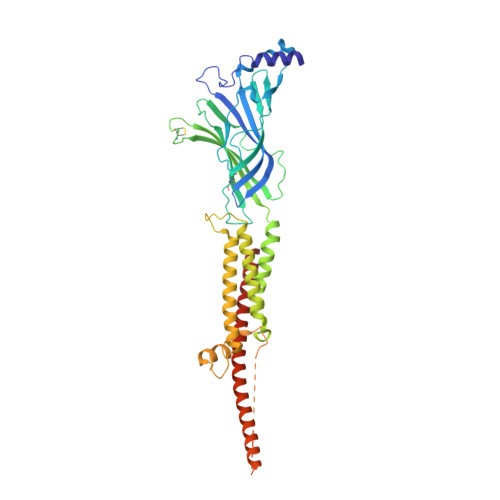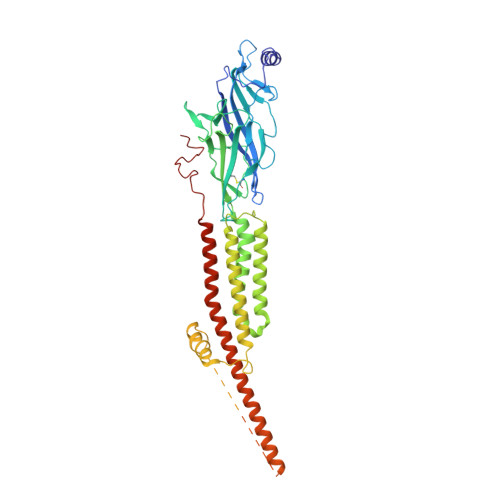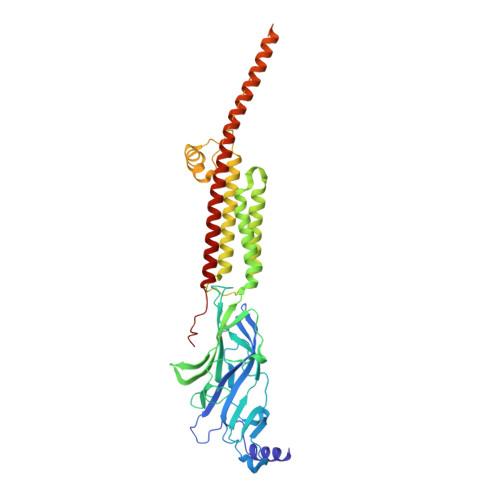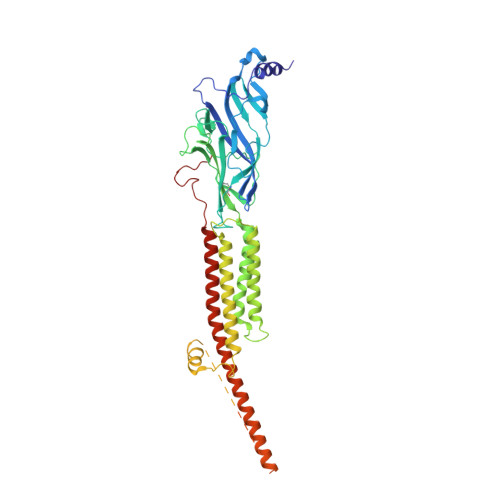Structural interplay of anesthetics and paralytics on muscle nicotinic receptors.
Goswami, U., Rahman, M.M., Teng, J., Hibbs, R.E.(2023) Nat Commun 14: 3169-3169
- PubMed: 37264005
- DOI: https://doi.org/10.1038/s41467-023-38827-5
- Primary Citation of Related Structures:
8ESK, 8F2S, 8F6Y, 8F6Z - PubMed Abstract:
General anesthetics and neuromuscular blockers are used together during surgery to stabilize patients in an unconscious state. Anesthetics act mainly by potentiating inhibitory ion channels and inhibiting excitatory ion channels, with the net effect of dampening nervous system excitability. Neuromuscular blockers act by antagonizing nicotinic acetylcholine receptors at the motor endplate; these excitatory ligand-gated ion channels are also inhibited by general anesthetics. The mechanisms by which anesthetics and neuromuscular blockers inhibit nicotinic receptors are poorly understood but underlie safe and effective surgeries. Here we took a direct structural approach to define how a commonly used anesthetic and two neuromuscular blockers act on a muscle-type nicotinic receptor. We discover that the intravenous anesthetic etomidate binds at an intrasubunit site in the transmembrane domain and stabilizes a non-conducting, desensitized-like state of the channel. The depolarizing neuromuscular blocker succinylcholine also stabilizes a desensitized channel but does so through binding to the classical neurotransmitter site. Rocuronium binds in this same neurotransmitter site but locks the receptor in a resting, non-conducting state. Together, this study reveals a structural mechanism for how general anesthetics work on excitatory nicotinic receptors and further rationalizes clinical observations in how general anesthetics and neuromuscular blockers interact.
Organizational Affiliation:
Department of Neuroscience and O'Donnell Brain Institute, University of Texas Southwestern Medical Center, Dallas, TX, 75390, USA.


























